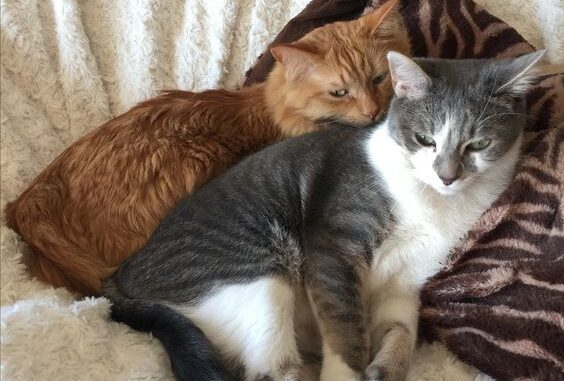
Cats are often perceived as solitary creatures, but in reality, their social structures and family dynamics are quite complex. Whether in the wild or as domesticated pets, cats form intricate bonds and exhibit fascinating behaviors within their families. This article explores the captivating world of feline families and sheds light on their social lives.
The Structure of Feline Families
In the wild, cats can form colonies, especially among feral populations. These colonies are typically matriarchal, with a dominant female at the center surrounded by her offspring. Unlike solitary big cats like leopards, domestic cats and some wild species, such as lions, display more social and communal tendencies.
The Role of the Mother Cat
The mother cat, known as the queen, is the cornerstone of the feline family. From the moment her kittens are born, she provides them with warmth, nutrition, and protection. The queen’s role extends beyond mere survival; she teaches her kittens essential skills through play and imitation, preparing them for life outside the nest.

Sibling Bonds and Play
Kittens form strong bonds with their siblings, which can last well into adulthood if they remain together. These sibling relationships are vital for social development, as they engage in play fighting, grooming, and sleeping together. Such interactions help kittens learn important social cues and establish a sense of security within their family unit.
The Dynamics of Feral Colonies
Feral cat colonies are fascinating examples of feline social structures. In these colonies, extended family members, such as aunts and older siblings, often help care for the young. This cooperative behavior enhances the survival rates of the kittens and strengthens the colony’s social fabric. Cats in colonies communicate through a complex system of vocalizations, body language, and scent marking.
Domestic Cat Families
In domestic settings, the dynamics of cat families can vary greatly. Cats often view their human caregivers as part of their social group and may exhibit behaviors like head-butting, purring, and kneading to express affection. Understanding these behaviors can help strengthen the bond between cats and their human families, creating a harmonious living environment.

The Importance of Early Socialization
Early socialization is crucial for kittens to develop healthy relationships with other cats and humans. Positive interactions with various stimuli, gentle handling, and exposure to different environments can help kittens grow into confident and well-adjusted adults. Well-socialized cats are typically more adaptable and less prone to behavioral issues.
Challenges in Feline Families
Despite their social nature, feline families can face challenges. Territorial disputes, competition for resources, and changes in family structure can lead to stress and conflict. Recognizing and addressing these issues is essential for maintaining a peaceful and healthy family dynamic.

Conclusion
The social lives of cats are rich with complexity and intrigue. From the nurturing role of the mother cat to the cooperative behavior of feral colonies and the unique dynamics of domestic cat families, understanding these relationships provides valuable insights into feline behavior. By fostering positive social experiences and addressing challenges, we can ensure that our feline friends thrive within their families, enriching our own lives in the process.
Exploring the social structures of cat families not only deepens our appreciation for these fascinating creatures but also enhances the bonds we share with them, making our homes happier and more harmonious places for all family members.

